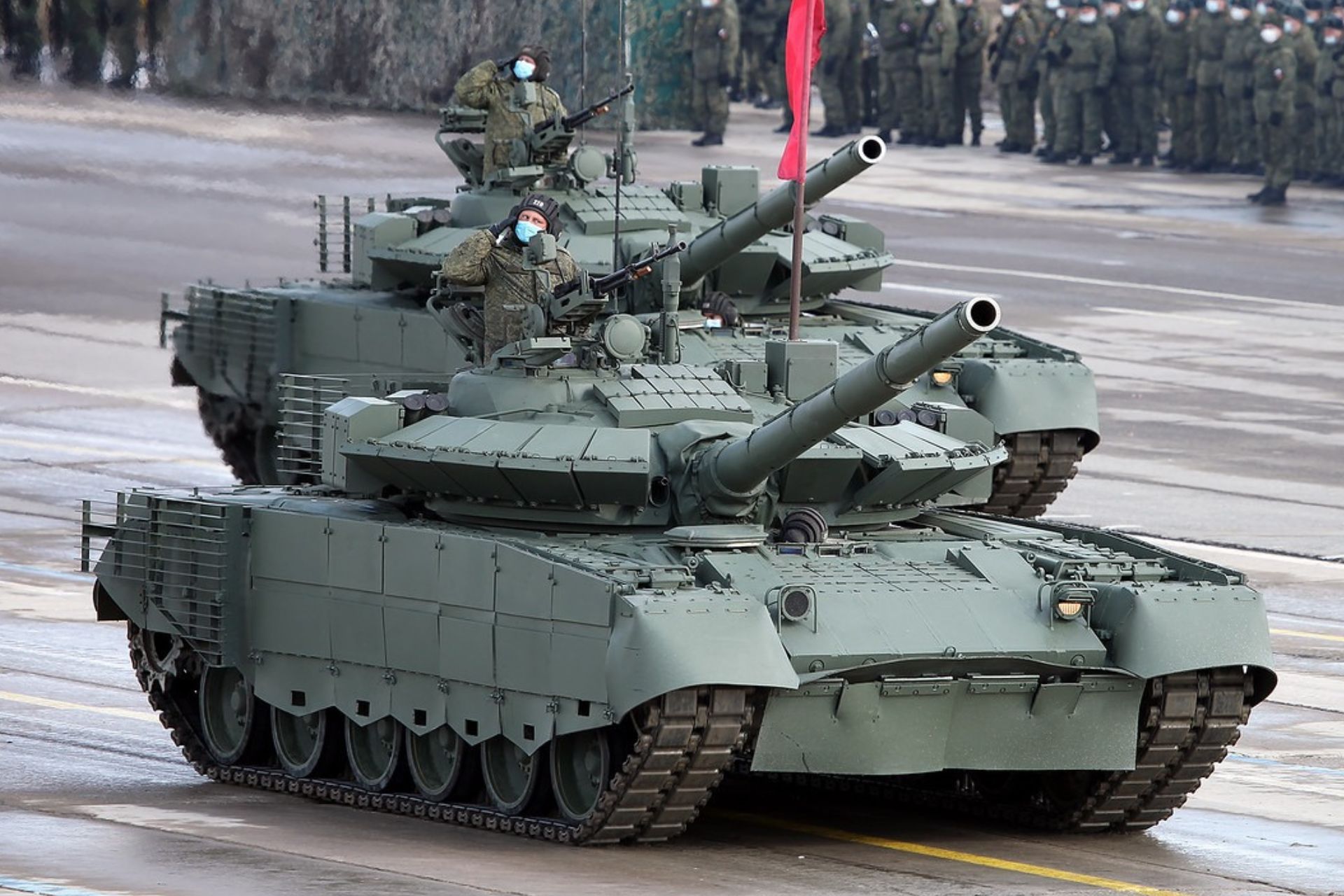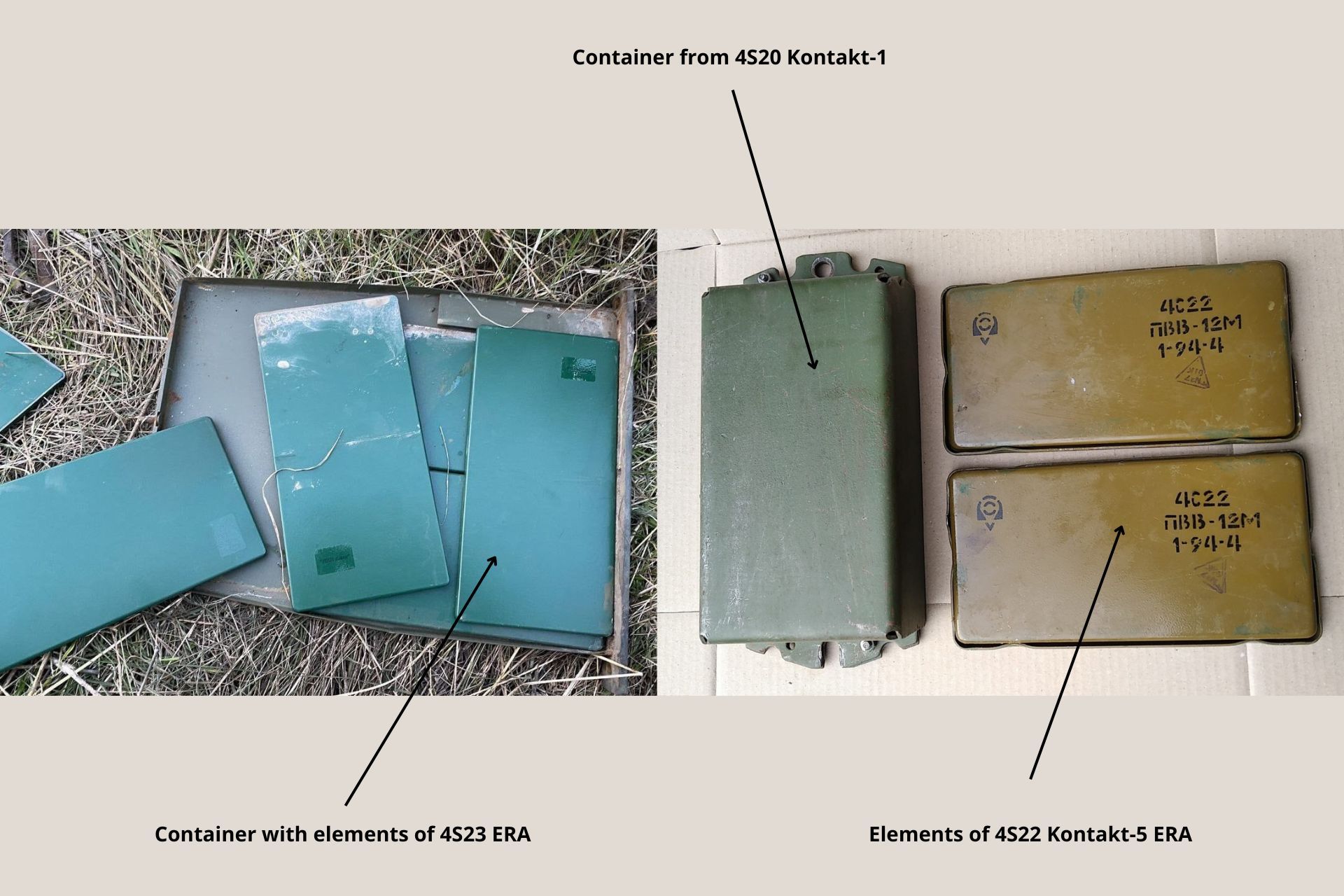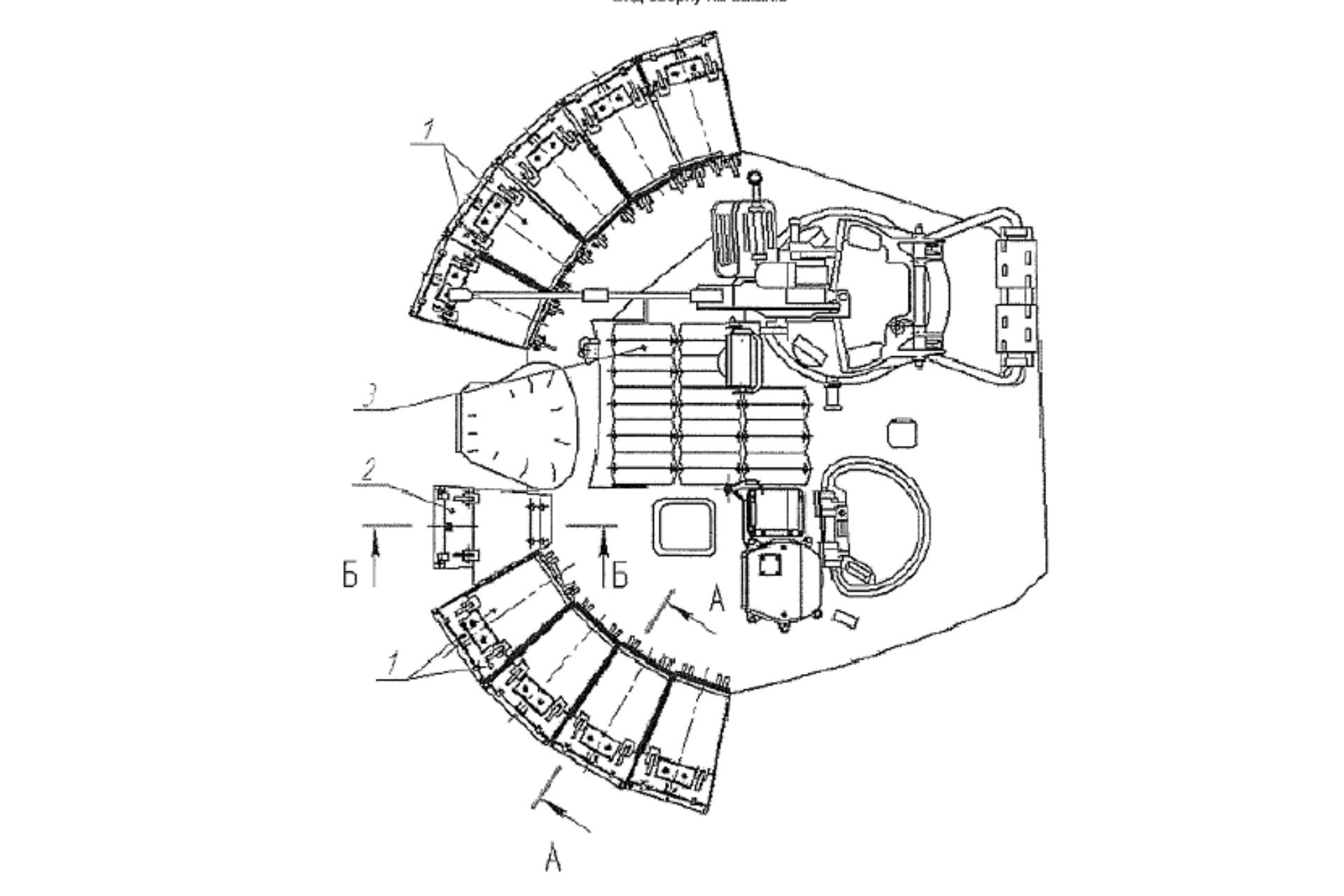Breaking News
FOCUS: Reactive Armor - A Quiet Revolution in Russian Tank Protection.
In the military field, reactive armor on combat vehicles represents a key technology aimed at increasing the survivability of tanks in combat. Since its introduction in the 1980s, Russia has developed various types of explosive reactive armor (ERA), primarily to enhance the resistance of its main battle tanks against anti-tank munitions. The ongoing conflict between Russia and Ukraine has seen massive use of reactive armor (RA) on combat vehicles, marking a significant evolution in modern armored warfare. Both Russian and Ukrainian forces have extensively employed RA systems such as Kontakt-1 and Kontakt-5, designed to improve tank survivability against anti-tank munitions. Follow Army Recognition on Google News at this link

The T-80 BVM integrates the new third-generation Relikt ERA package, completely replacing the older Kontakt-1 ERA (Picture source: Vitaly Kuzmin)
Introduced by the Soviet Scientific Research Institute of Steel in 1982, Kontakt-1 was among the first RA systems, known under the index 4S20. It features explosive elements sandwiched between steel plates, designed to effectively disperse the energy of hollow charges. This RA system has shown substantial effectiveness in disrupting the penetration capability of HEAT munitions, reducing their impact by dispersing the formed charge. While primarily effective against older non-tandem HEAT munitions, the protective capability of Kontakt-1 extends to reducing armor penetration by 350 to 400 mm. However, it has no effect on APFSDS projectiles, which penetrate armor using kinetic energy rather than explosive force.
Kontakt-5 or 4S22, a second-generation RA developed in 1986, represents an evolution in RA technology, capable of countering more advanced anti-tank munitions, including APFSDS projectiles. Its design incorporates more robust PVV-12M explosives and inclined armor plates to optimize deflection and neutralization of penetrating projectiles. Despite its advances, Kontakt-5 still faces challenges with tandem warhead munitions and maintains vulnerable areas due to gaps between its elements.
The 4S22 ERA blocks are a relatively recent technology, introduced to improve the survival of tanks on the battlefield against threats from anti-tank missiles and other explosive projectiles. They are specifically designed to counter tandem charge weapons, which are among the most destructive due to their ability to pierce conventional armor with two sequential explosive charges. The first element of these blocks consists of a layer of Textolite, a composite material, which envelopes the explosive components, preventing their premature detonation by the precursor charge of tandem warheads.

Various ERA protection elements are used on Russian tanks and armoured vehicles in Ukraine (Picture source: Ukrainian Army)
The operating principle of the 4S22 blocks is based on the rapid action of the explosive, which reacts to impact by creating a shock wave intended to neutralize or deflect the enemy's penetrating charge. This reaction significantly reduces the penetration capability of the attacking weapon, thus offering a second chance to the tank and its crew. However, although very effective against tandem charges, these blocks are not infallible against all forms of attacks, particularly very high-velocity flechette munitions, which can sometimes exceed the capabilities of the ERA.
The use of 4S22 blocks was particularly noted during the conflict in Ukraine, where Russian tanks equipped with this technology were engaged. Field reports indicate notable effectiveness, although some incidents were observed where the protections were overcome by sophisticated or large amounts of weaponry. It is important to note that allegations online suggest that some of these blocks might be empty, a claim refuted by Russian sources who assert that images of empty blocks are the result of Ukrainian manipulations.
On the other hand, the development of ERA in Russia saw the introduction of Relikt (4S23) in 2006, in response to the emergence of new 120 mm kinetic munitions capable of penetrating older ERA systems without activating them. Relikt uses sensitive explosives and an advanced design that includes the explosion of two heavy metal plates in opposite directions to improve protection against tandem HEAT and kinetic munitions. The elements of Relikt are arranged in several layers in voluminous containers that are easily replaceable, thus increasing both the effectiveness and potential risks associated with their increased explosive power.
Compared to similar technologies used by other major powers such as the United States, China, Great Britain, and Germany, ERA blocks offer a cost-effective solution. For example, the Active Protection System (APS) on American tanks provides an additional layer of defense against incoming projectiles but at a significantly higher cost. The Ukrainian army has also developed its own RA systems, notably the Nizh (Knife), which uses a dense arrangement of shaped charges to disrupt both HEAT and kinetic penetrators. This system has been effective in combat, providing enhanced protection and the ability to neutralize threats with a combination of explosive force and strategic armor.

Turret of a Russian T-80 BVM tank with the placement of its reactive armor (Picture source: Russian Army)
Despite the protection advantages offered by RA, there are significant drawbacks to consider. The installation of RA can lead to additional risks, such as the potential for explosive damage to the vehicle or its crew if the armor is breached. Moreover, the effectiveness of RA can vary significantly depending on the angle of impact and the specific type of munition used against it. This variability can lead to situations where RA either provides substantial protection or fails to prevent penetration, depending on tactical circumstances.
Although Russian reactive armor has proven its utility, continuous innovation in the field of anti-tank munitions drives a constant evolution of protection technologies. The popularity of Russian ERAs, their adoption, and adaptation by other countries highlight the importance of these systems in modern military strategy. However, the future of combat vehicle protection will likely reside in the combination of ERA solutions with other forms of armor and countermeasures, adapted to emerging threats on the battlefields of the 21st century.


























